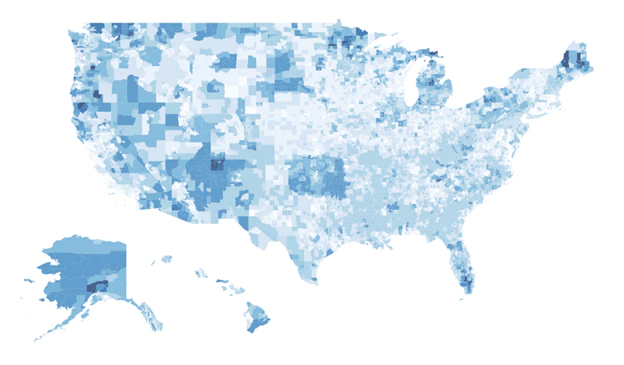An equity-driven COVID-19 pandemic response includes more than just diagnostics, PPE, vaccines and treatment, especially when considering tobacco use and other risk factors for chronic diseases. It includes focusing on individual factors leading to social inequity that has been long-standing in communities across the country. To ensure health justice, public health needs to address COVID-19 and tobacco as a syndemic and unite efforts toward mitigating the root causes of these social factors that allow health disparities to foster in both epidemics.
Historically, individuals with low income are more likely to smoke, spending as much as 10% of disposable income on tobacco products, which can contribute to maintaining a cycle of poverty, both domestically and globally. Rurality also has an impact, as does racial and ethnic background on likelihood of tobacco use. Recent meta-analysis has also suggested that there is a connection between smoking and COVID-19 progression, meaning that the effects of COVID-19 are more severe in patients with a higher average pack-per-year history. This World No Tobacco Day should mean investing in historically vulnerable communities so they equitably emerge from the root causes that make COVID-19 and tobacco so much more deadly to them.
The HHS InnovationX team worked with the HHS COVID-19 Diagnostics Informatics team to better understand social inequity in the country in the context of COVID-19. Analyzing several key open datasets created the COVID-19 Community Vulnerability Crosswalk, a machine-readable dataset that snapshots several key factors related to geography, demographics and socioeconomics:
- Hardest hit area – which is based on a sustained COVID-19 hotspot according to the COVID-19 Community Profile Report;
- Low-income areas – based on the US Census’ Small Area Income and Poverty Estimates (SAIPE) data which produces single-year estimates of income and poverty for counties;
- Tribal Community – based on USAC’s definition of eligible tribal lands;
- Eligible Rural Areas – based on USAC’s definitions of rural areas;
This dataset helps display current COVID-19 related impacts with long-standing social disparity data: low-income areas, rural areas, and tribal communities, factors that also influence tobacco disparities. The dataset also weighs these variables using a scoring methodology from recent federal grantmaking, that helps ensure they overlap correctly. You can learn more about this Community Vulnerability Crosswalk project here.

This data-driven innovation illuminates the overlapping impacts on the most under-resourced areas. As COVID-19 diagnostics, PPE, vaccines, and treatment resources are routed to these greatest-need areas, federal, state, local, territorial and tribal public health leaders should also consider how to guarantee that better chronic disease prevention resources be provided to these areas. For tobacco use, this means increasing access to cessation tools like the Food and Drug Administration-approved Nicotine Replacement Therapy and counseling can help reduce the impacts of these long-standing social factors, among other actions.
World No Tobacco Day has historically been an opportunity to celebrate the progress made against the global tobacco epidemic, and this year can help mark progress against the global COVID-19 pandemic. The U.S. Department of Health and Human Services has committed to ending the tobacco epidemic, developing resources like Centers for Disease Control and Prevention’s Tips From Former Smokers and FDA’s The Real Cost, the national Quitline portal (1-800-QUIT-NOW) and Smokefree.gov. These resources provide free information and resources to help individuals in all communities quit using tobacco and remain tobacco free. Considering tobacco as a syndemic with COVID-19 and understanding the upstream social root causes of health disparities can help move us closer improving health and achieving health equity in our most under-resourced communities.




